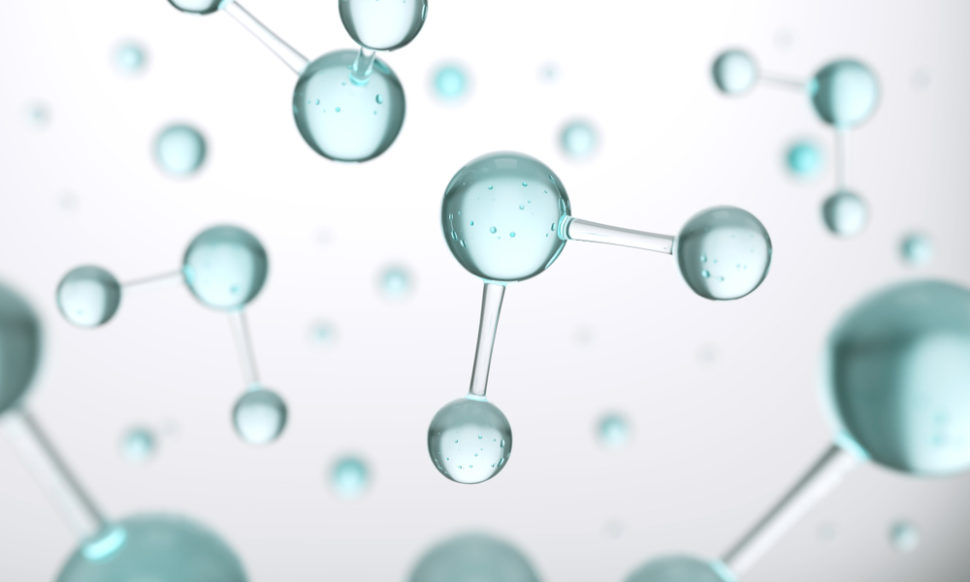As the most abundant element in the whole Universe, hydrogen remains relatively inaccessible on Earth.
Although it isn’t readily available for use as fuel, it’s technically easy to produce hydrogen via electrolysis, a chemical process that that splits water into hydrogen and oxygen.
Through electrolysis, hydrogen could play a significant role in solving the world’s energy and climate crisis. However, there is a major setback to large-scale hydrogen production: pure water used in electrolysis is a scarce and precious resource.
In every water molecule, there are two hydrogen atoms, and there’s water virtually everywhere on the planet.
But why can’t we use seawater?
Scalable Solar-Powered Device Electrolyzes Seawater
While current electrolysis methods need some salt in purified water to boost its electrical conductivity a little bit, they can’t electrolyze seawater. High concentrations of salt corrode the metal electrodes that create the electrolysis current.
Now, Stanford University scientists have developed a new water-splitting technique that works with solar power and can electrolyze saltwater to generate hydrogen fuel.
Simply put, this means hydrogen fuel production no longer needs costly purified water. The team successfully tested their prototype system using seawater from Francisco Bay.
According to Hongjie Dai, professor in chemistry at Stanford and co-senior author of the paper, to meet large-scale demand of hydrogen fuel:
“You need so much hydrogen it is not conceivable to use purified water. We barely have enough water for our current needs in California.”
Addressing saltwater corrosion was the main objective of the study.
To keep the metal in electrodes from decaying upon contact with salt water, the team used a nickel foam core coated in a layer of nickel-iron hydroxide and nickel sulfide. The nickel foam conducts electricity from the power source to the nickel-iron hydroxide coating that sparks the electrolysis reaction.
Without the nickel coating, the seawater-splitting system would have a short lifespan of only 12 hours before the whole electrode falls apart. But with the nickel layer, the system’s lifespan increases to more than a thousand hours.
“The impressive thing about this study was that we were able to operate at electrical currents that are the same as what is used in industry today”.
The Stanford team designed a proof-of-concept demonstration device, powered by a solar cell, and used it to split saltwater collected from San Francisco Bay and produced hydrogen.
Now it’s up to manufacturers to scale the seawater-splitting system up to meet industry needs.
Let’s not forget that electrolysis generates another product besides hydrogen: Oxygen. Stanford’s electrolysis technology could in the future serve other uses, such as submarines and divers using appropriately sized devices to produce oxygen on the go without the need for pressurized tanks.



















Awesome information. Thank you for putting this together very helpful. 🙂